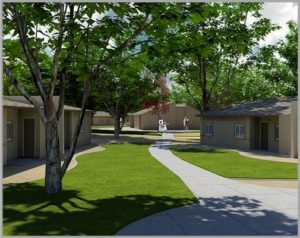Saving Affordable Homes

In recent years, Congress has allocated very little funding to build new affordable housing. Additionally, the structure of federally supported affordable housing multifamily properties creates certain long-term affordability risks because they are privately owned by for-profit and nonprofit owners. These include properties under both HUD and USDA Rural Development programs with federally subsidized mortgages (federally insured or direct federal loans with below-market interest rates) and with project-based rental assistance contracts. These also include newer properties that received allocations under the federal Low-Income Housing Tax Credit program through a state or local credit allocation agency. These developments are threatened by a variety of factors, including market-rate conversion at the end of a restricted use period, deterioration, or agency-initiated terminations or foreclosures. For more information about the history of affordable housing preservation please see To Preserve Affordable Housing in the United States: A Policy History by Alexander von Hoffman. A variety of federal and local budget, policy, and legal tools, described in this section, are important for preserving these properties.
